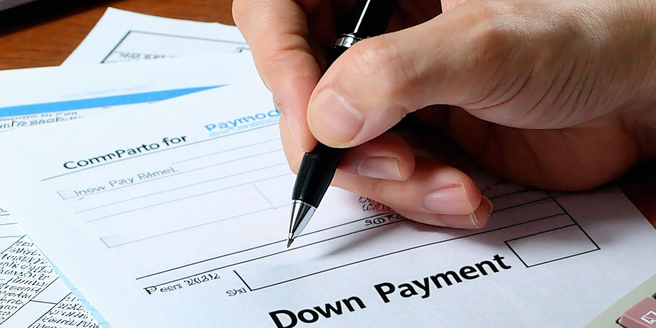Predicting Long-term Home Ownership Costs

Understanding the Basics of Home Ownership Costs
Home ownership involves more than just the mortgage. Understanding the full range of costs is essential for long-term planning. Initial expenses typically include the down payment and closing costs. However, ongoing expenses like property taxes, homeowners insurance, and utilities are critical to budget for. Households must also account for potential maintenance costs and repairs that can arise unexpectedly. More than just an investment, a home requires financial stewardship. It’s crucial to understand these elements to manage them effectively and ensure they align with your financial goals. By recognizing these basics, potential homeowners can make more informed decisions and prepare adequately for their financial responsibilities.
Factors Influencing Long-term Financial Planning
When planning for long-term financial security in home ownership, several factors come into play. Interest rates are a significant consideration, as they directly impact mortgage payments. Economic conditions, job stability, and income growth also heavily influence financial planning. Additionally, personal life events, such as marriage, having children, or even downsizing during retirement, require a reevaluation of your financial strategy. Understanding the broader economic environment, including inflation and market trends, can aid in anticipating changes in expenses over time. Effective long-term planning involves setting clear financial objectives, assessing risks, and maintaining flexibility to adapt to unexpected circumstances.
Analyzing Market Trends and Predictions
Keeping a close eye on housing market trends is vital for anticipating changes in home ownership costs. Market fluctuations can impact property value growth, affecting potential equity and resale value. Being aware of regional trends is also crucial, as they can vary significantly, influencing decisions on where to buy or when to sell. Experts suggest looking at historical data to identify patterns and predict future trends. Observing factors like interest rate changes, housing supply, and buyer demand can provide valuable insights. This analysis should become a regular practice for homeowners who want to align their financial plans with the market landscape and capitalize on opportunities.
Calculating Potential Maintenance and Repair Costs
Maintenance and repair costs are a significant aspect of home ownership that should not be overlooked. Regular maintenance, including servicing HVAC systems, roofing, and plumbing, is essential to prevent larger issues. Over time, homes will require repairs such as roof replacement, foundation work, or updating aging infrastructure. Planning for these potentials means setting aside a certain percentage of the home’s value annually in a dedicated reserve fund. Homeowners should also consider the age and condition of the home at purchase, as these factors will influence when and how often major repairs may be needed. By proactively calculating these costs, homeowners can avoid financial stress and maintain their home’s value.
The Role of Taxes and Insurance Over Time
Taxes and insurance are integral to the financial planning process of home ownership. Property taxes can vary significantly depending on location, and they tend to rise over time as property values increase. Homeowners insurance is another recurring expense, and its cost can be influenced by factors like changes in coverage requirements and shifts in local risk assessments (e.g., flood or earthquake zones). It’s crucial to review these expenses regularly and incorporate them into long-term budgets. Understanding how these costs evolve will aid in creating a more accurate and sustainable financial forecast. Homeowners should also explore possible exemptions or discounts to help mitigate these costs.
Strategizing to Mitigate Rising Ownership Expenses
Rising home ownership expenses can strain budgets, making proactive strategizing essential. Homeowners can consider refinancing mortgages to lower interest rates or modify loan terms, achieving potentially significant savings. It’s also wise for homeowners to stay informed about local property tax changes that might impact their overall expenses. Investing in energy-efficient upgrades, such as solar panels or better insulation, can reduce utility costs over time. Additionally, consistently reviewing and shopping for better insurance or service providers can also lead to cost reductions. Building an emergency fund specifically for home-related expenses can offer financial flexibility and security. Adopting these strategies allows homeowners to manage rising costs while maintaining financial stability and peace of mind.